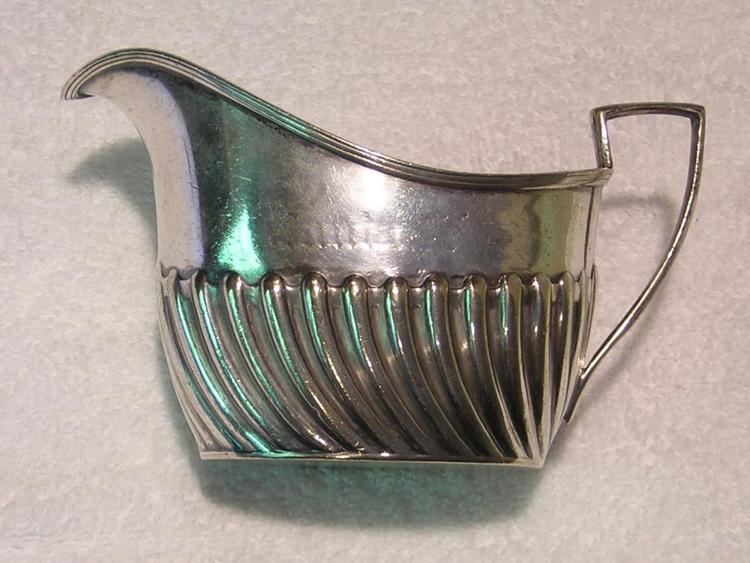 | ||
Gadrooning is a decorative motif consisting of convex curves in a series. In furniture and other decorative arts, it is an ornamental carved band of tapered, curving and sometimes alternating concave and convex sections, usually diverging obliquely either side of a central point, often with rounded ends vaguely reminiscent of flower petals. Gadrooning, derived from Roman sarcophagi (illustration) and other antiquities, was widely used during the Italian Renaissance, and in the classicising phases of 18th- and early 19th-century design.
In medieval European metalwork gadroons on circular dishes are often tapering, ending in a point on a central circular zone, and run diagonally across the surface in a spiral. Similar, but typically not tapered, designs were popular in rococo porcelain and metalwork. In Renaissance or neo-classical work they are normally thinner and straighter.
The term may also be applied to spiraling stop-fluting running up a classical column.
